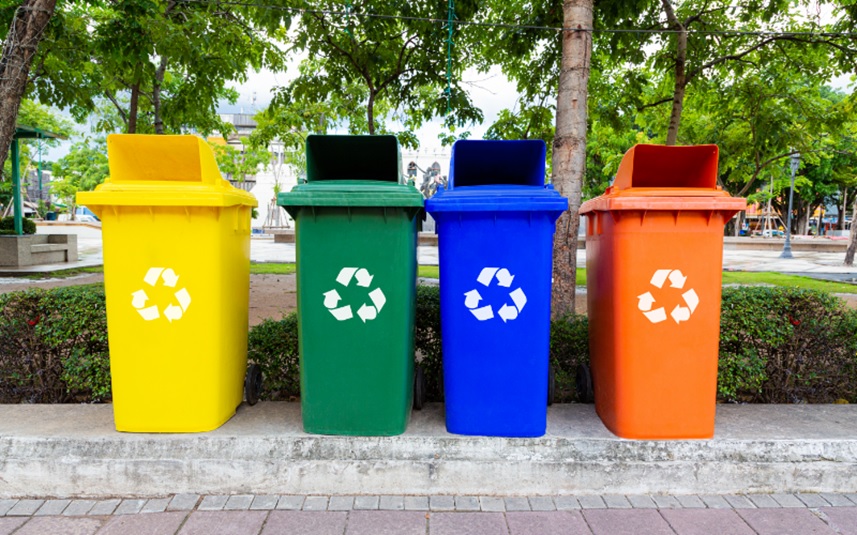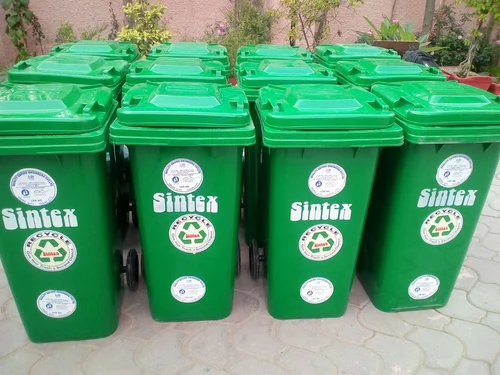Waste bins are a crucial part of our daily lives, helping us maintain cleanliness and hygiene at home, in the office, and public spaces. Among the various types of waste bins, mobile waste bins are particularly valued for their versatility and convenience.
This article discusses how mobile waste bins are made, and how these bins are not only functional but also designed to withstand the wear and tear of daily use.
Sourcing the Raw Materials
The journey of mobile waste bins begins with sourcing the raw materials. The immediate material utilised is high-density polyethene (HDPE). Known for its durability and resistance to impact, HDPE can endure harsh weather conditions and is also recyclable, making it an eco-friendly choice for waste bin production.
Aside from HDPE, steel or aluminium are also used for the axles and wheels of these bins. These materials are selected for their ability to support the weight especially when it’s fully loaded.
Designing the Mould
Once the raw materials are sourced, the next step is to design the mould for the waste bins. The mould is a blueprint, matching the shape, size, and features. This design process involves using computer-aided design (CAD) software to create a 3D model of the bin.
The design is tested for functionality, ensuring that the bin will be easy to manoeuvre, durable, and capable of holding the intended volume of waste.
The Injection Molding Process
With the mould design finalised, the manufacturing process can begin. The most common method used in producing mobile waste bins is injection moulding. In this process, the HDPE is melted and is injected into the mould under high pressure. The mould is rapidly cooled, causing the plastic to solidify into the desired shape.
Injection moulding is known for its efficiency and precision. It allows manufacturers to produce large quantities of waste bins with consistent quality. This process also enables other features—such as handles, hinges, and drainage holes—directly into the bin’s structure.
Assembling the Components
This includes attaching the wheels, axles, and handles. The wheels, often made from rubber or plastic, are designed to be durable and provide smooth movement. The axles, typically made from steel or aluminium, are installed to ensure wheels are securely attached and can rotate freely.
Handles are connected as part of the bin’s body, but in some designs, they may be attached separately. These handles are essential for allowing users to manoeuvre the bin.
Quality Control and Testing
Before the mobile waste bins are shipped out, they undergo quality control. These checks ensure that the bins complete durability, safety, and functionality. The bins are tested for their ability to withstand heavy loads, resist impact, and endure exposure to various environmental conditions.
For example, the wheels are tested to ensure they can support the weight of a fully loaded bin and remain functional over time. The lids are checked for a secure fit to prevent leakage of waste or odours.
Customization and Branding
Many mobile waste bins are customised to meet the needs of the customer. Customization includes adding company logos, selecting colours, or incorporating additional features like foot pedals for hands-free operation. Customization is done during moulding or added as a finishing touch before the bins are packaged for delivery.
Packaging and Distribution
Once the waste bins have passed all quality checks, they are ready for packaging. These are typically stacked to maximise space and reduce transportation costs.
The Lifecycle of a Mobile Waste Bin
The journey of a mobile waste bin from raw materials to a finished product involves a blend of advanced technology, skilled labour, and meticulous quality control. Understanding this process helps us appreciate the humble waste bin and its role in maintaining cleanliness and hygiene in our environment.
As manufacturers continue to innovate, we can look forward to even more durable, functional, and environmentally friendly waste bins with Ausko.







